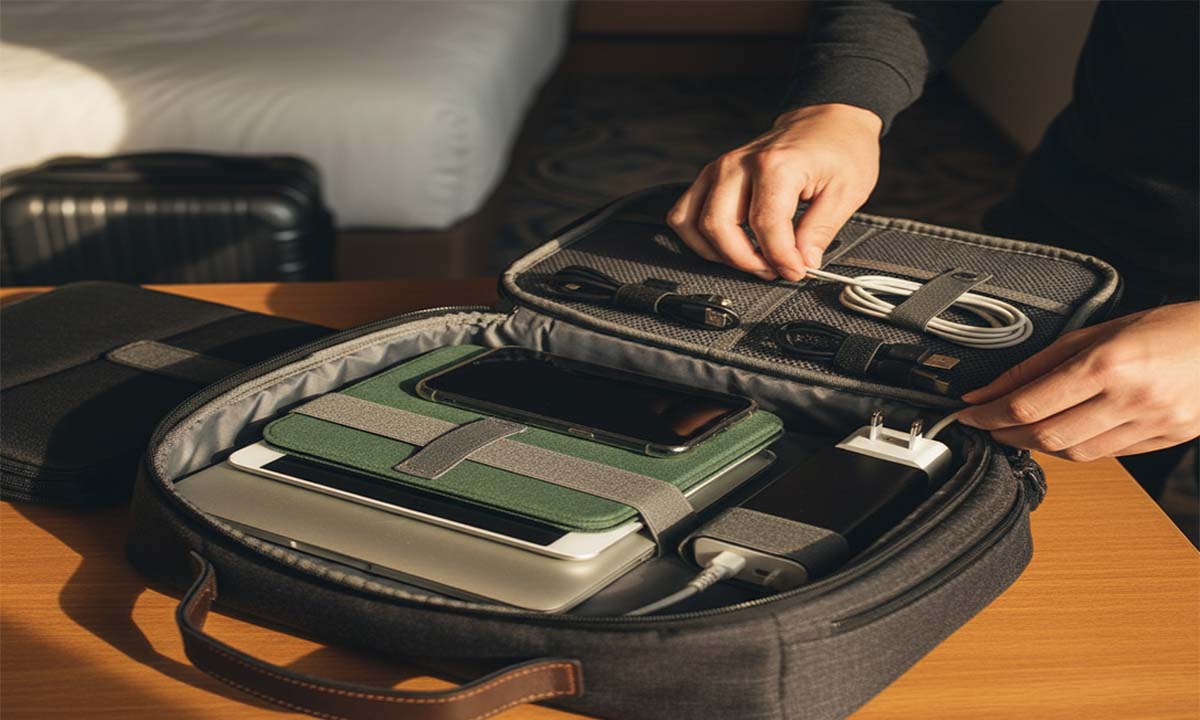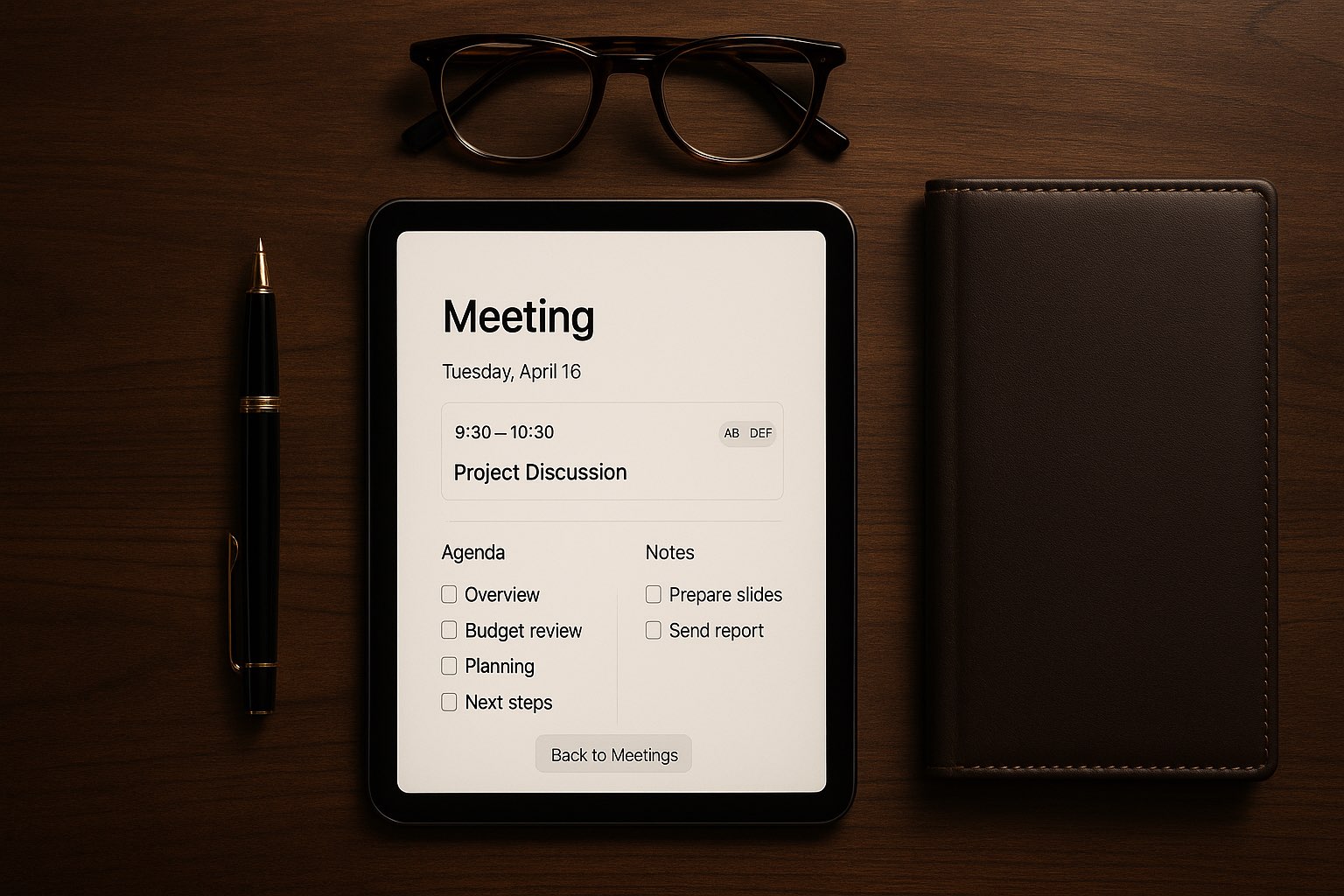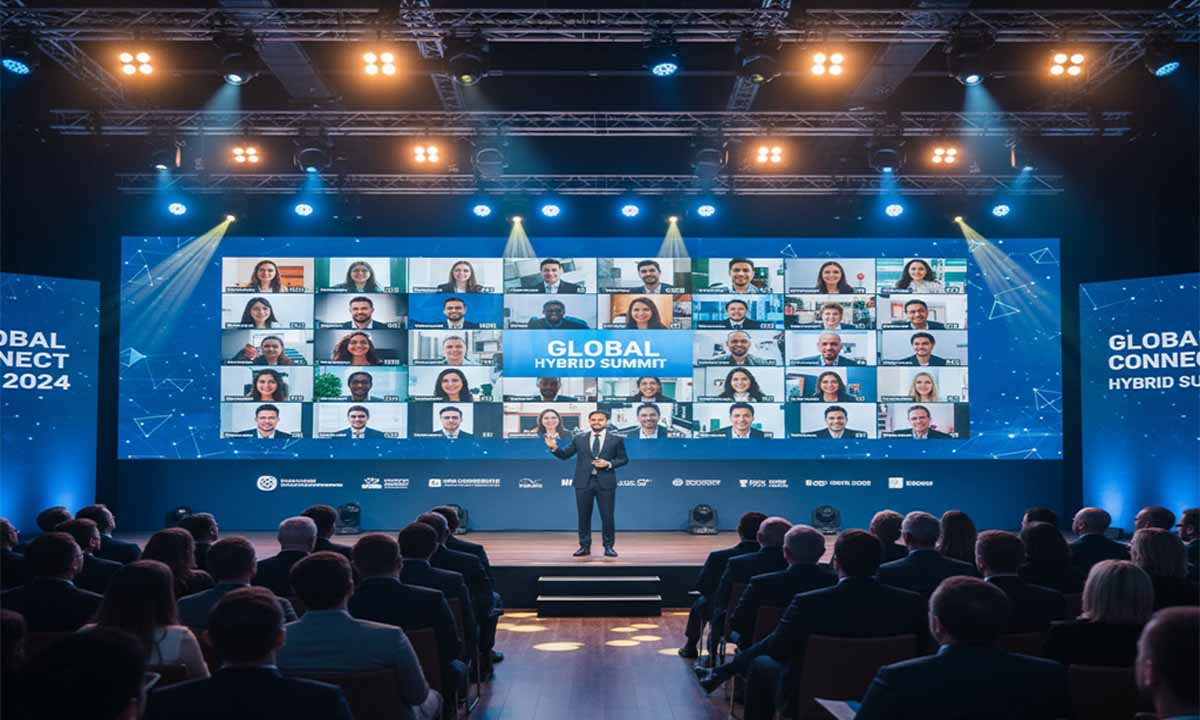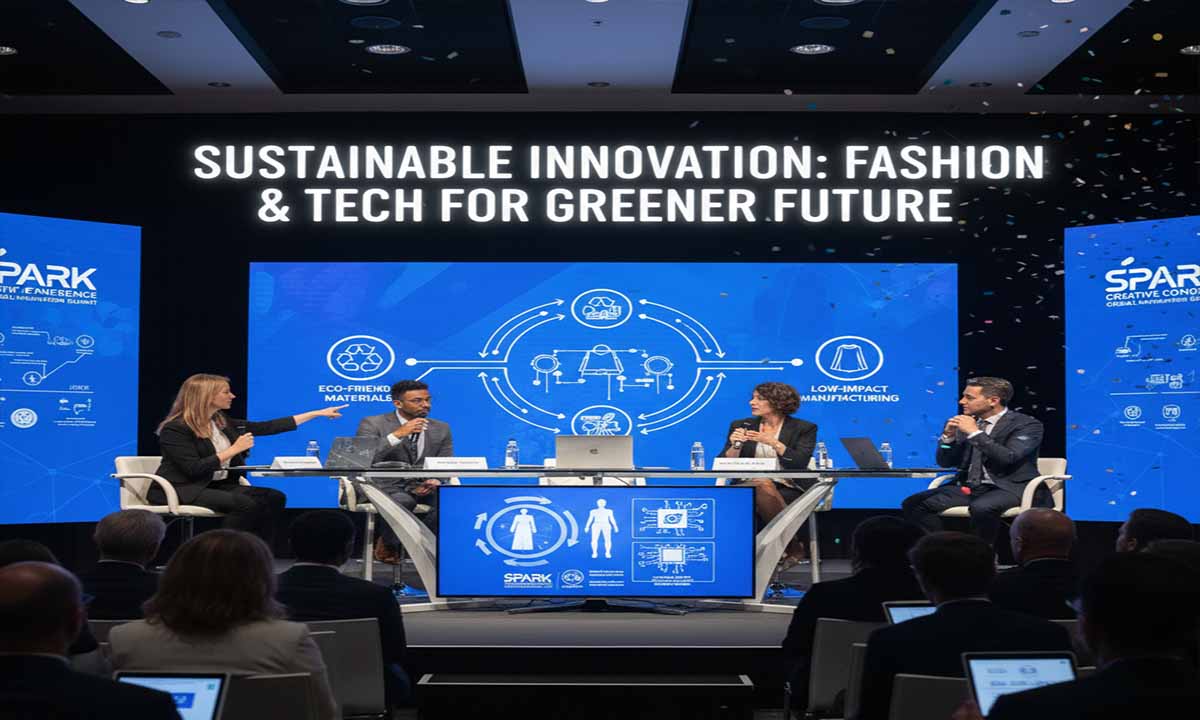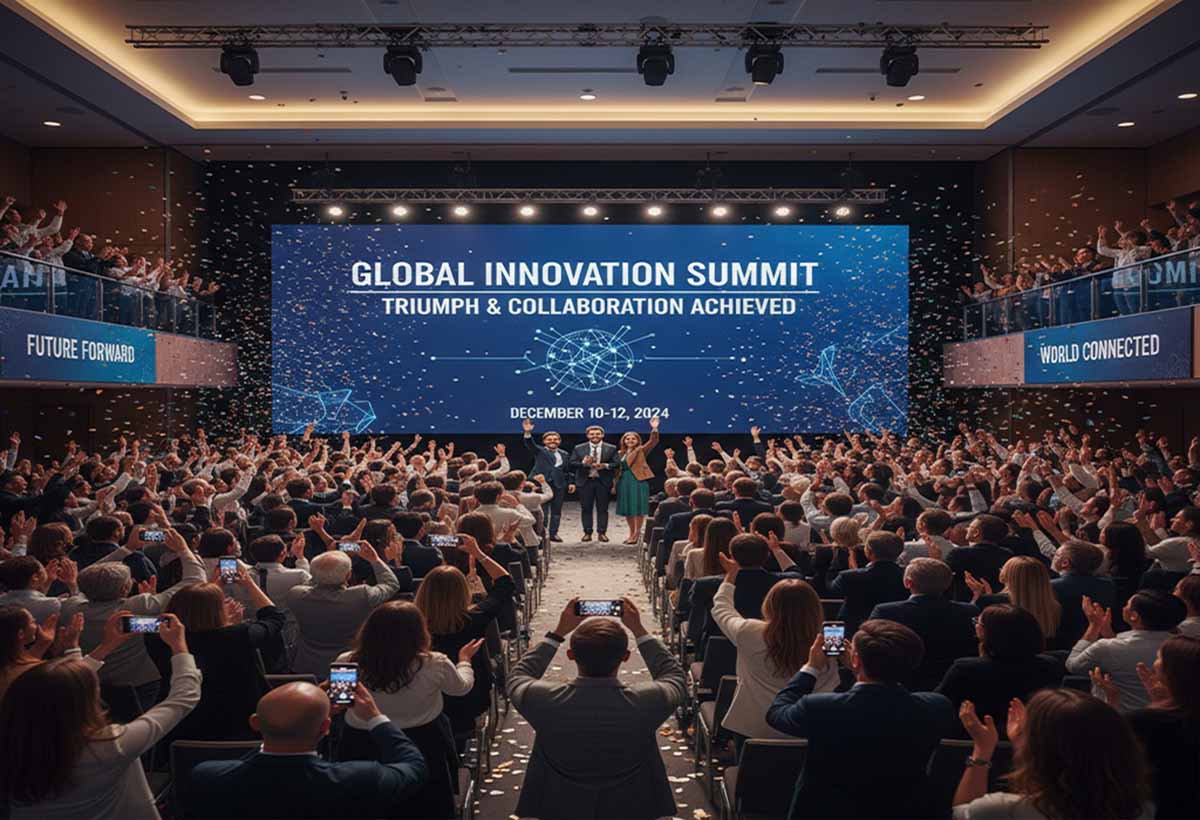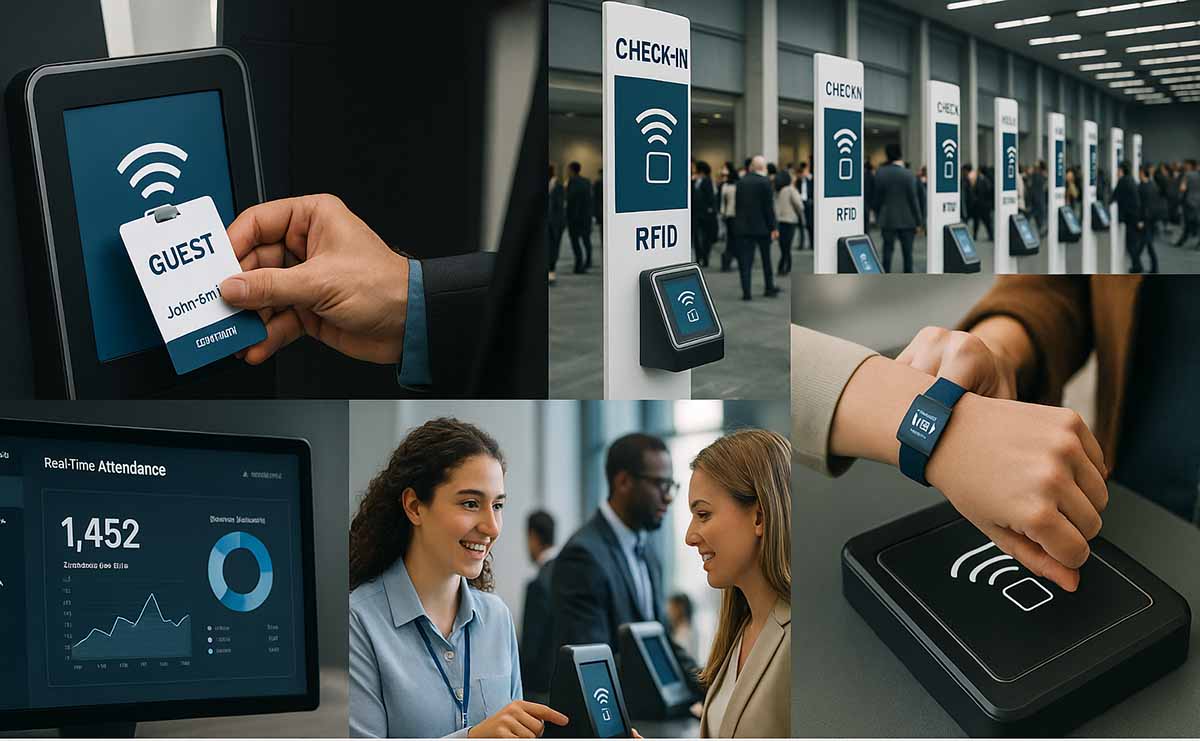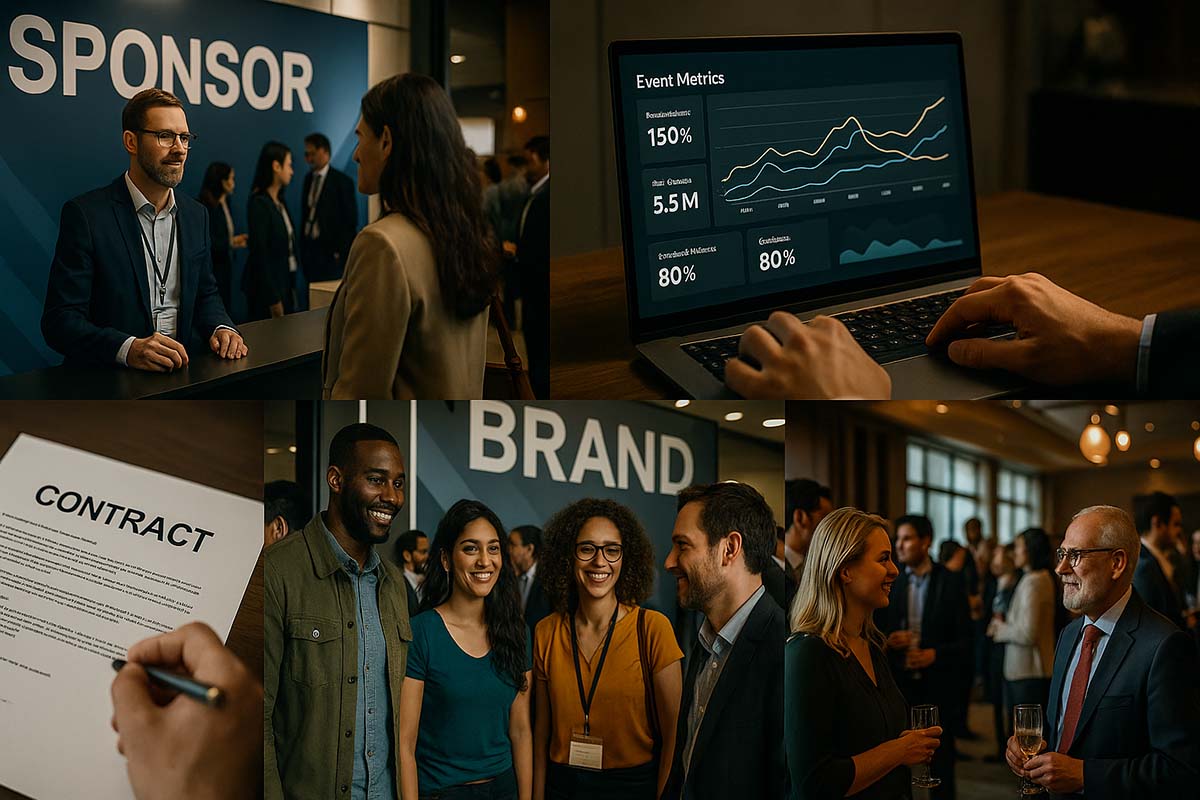Essential Travel Gear for Business Conferences
Preparing Well for Business Conferences Abroad
Attending business conferences across different parts of the world offers professionals space to grow, learn, and build meaningful connections. Yet long before the first keynote or panel discussion begins, thoughtful preparation, much like planning high-end conferences, already plays a major role. What you bring with you can shape your comfort, focus, and overall performance. Being well prepared reflects respect for your time, your peers, and the opportunity itself.
Quick overview of what this article covers:
This guide explains why thoughtful preparation matters when traveling for business conferences. It reviews essential technology, personal comfort items, documents, and smart packing habits.
You will also learn how health, safety, and professional appearance influence your confidence and effectiveness during international events.
Why Careful Preparation Shapes Conference Success
Business conferences have become a regular part of professional life worldwide. They are spaces for sharing knowledge, forming partnerships, and staying informed about industry changes. These gatherings often bring together people from different cultures, time zones, and work styles. Because of this, preparation extends far beyond choosing outfits or booking flights.
Unexpected problems can disrupt even the most promising schedule. A drained laptop battery before a presentation or a missing document can quickly add stress. These moments distract from meaningful discussions and reduce focus. Proper planning, including crafting an efficient event schedule, reduces these risks. It allows you to give full attention to conversations, sessions, and new contacts.
Every item you pack supports your experience in some way. From reliable technology to personal care essentials and even custom travel accessories, each detail contributes to smoother days and clearer thinking. When logistics fade into the background, your professional presence becomes stronger and more consistent.
Technology Essentials for Staying Productive
Modern conferences depend heavily on digital tools. Presentations, communication, and note-taking often rely on personal devices. Protecting and supporting this equipment is a priority.
Protecting Laptops, Tablets, and Phones
Your laptop, tablet, and smartphone serve as your main work tools during a conference. They store files, slides, schedules, and contacts. Damage to any of these devices can interrupt your work and create avoidable pressure.
A well-padded laptop sleeve or bag helps shield your device from impact during transit. Tablets and phones benefit from screen protectors and durable cases. These small safeguards reduce the risk of cracks or scratches, especially during busy travel days. Losing access to essential data at a critical moment can affect both confidence and credibility.
Power Banks and International Adapters
Battery life often runs out at inconvenient times. Carrying a high-capacity power bank provides a dependable backup during long days. Make sure it is fully charged before leaving your hotel each morning.
International travel also requires attention to power outlets and voltage standards. A universal travel adapter supports charging across regions. Some models include surge protection, which helps prevent damage to sensitive electronics. Since voltage varies between countries, proper adapters help avoid technical issues while keeping devices ready for use.
Reliable Internet Access on the Go
Conference venues and hotels usually provide Wi-Fi, yet speed and stability differ. For important calls, file uploads, or secure work, having your own internet option adds reliability. A mobile hotspot or local SIM card allows more control over connectivity.
This approach also improves data security, which matters when handling work-related information. Stable access supports email responses, cloud documents, and virtual meetings that may continue during the event.
Comfort and Personal Wellbeing
Professional success during a conference depends not only on expertise but also on physical comfort and energy levels.
Choosing Comfortable Professional Clothing
Conference days often involve extended periods of standing, walking, and sitting. Clothing should balance formality and comfort. Wrinkle-resistant fabrics and layered outfits help adjust to different room temperatures.
Shoes deserve careful attention. Supportive footwear reduces fatigue, especially in large venues. When clothing feels comfortable, confidence tends to rise, making conversations and presentations feel more natural.
Personal Care Essentials
Maintaining personal hygiene helps you stay fresh and presentable throughout the day. A small kit with daily necessities such as deodorant, hand sanitizer, and oral care items fits easily into a carry-on or work bag.
Having familiar products on hand can be reassuring, particularly after long travel hours. Staying refreshed supports positive interactions and sustained focus.
Medications and Basic First Aid
Minor health issues sometimes appear during travel. Carrying common over-the-counter medication for headaches, colds, or digestion issues helps manage discomfort quickly. Prescription medication should be packed in your carry-on, with enough supply for the full trip.
A compact first aid kit with bandages and antiseptic wipes adds peace of mind. Being prepared for small issues allows you to recover quickly and stay engaged in conference activities.
Keeping Documents and Information Organized
Clear organization prevents delays and confusion during busy schedules.
Passports, Visas, and Travel Identification
For international events, your passport is the most critical document. Check its validity and available pages before departure. If a visa is required, complete the process well in advance.
Keeping digital and printed copies of important documents offers protection in case of loss. Store copies separately from the originals. This simple step can save time and stress if unexpected issues arise.
Flight, Hotel, and Event Details
Conference travel involves multiple bookings. Keeping your flight details, hotel confirmation, and event schedule accessible helps you stay on track. These can be stored digitally, printed, or both.
Clear access to this information supports smooth communication with airlines, hotels, and event staff. It also reduces confusion when schedules change or delays occur.
Notebook and Pen Still Matter
Digital tools dominate professional settings, yet pen and paper remain useful. A notebook allows quick note-taking during sessions or informal conversations. Writing by hand often improves memory and understanding.
Notebooks also serve as a reliable backup when devices are unavailable. Jotting down ideas, names, or action points becomes easier without relying on battery life or connectivity.
Presenting a Professional Image
Professionalism extends beyond spoken words. Appearance and preparation shape first impressions.
Planning Conference Attire
Selecting outfits ahead of time reduces stress during busy mornings. Clean, well-fitted clothing suited to the event’s cultural and professional setting helps you feel prepared.
Some conferences include formal dinners or networking events. Packing one or two polished outfits ensures readiness for these occasions. Thoughtful wardrobe planning supports confidence throughout the event.
Small Grooming Kit for Quick Fixes
A compact grooming kit can solve unexpected issues. Items such as a comb, safety pins, or a small mirror help manage last-minute adjustments.
These simple tools support a polished appearance even after long days. Feeling presentable often influences how confidently you engage with others.
Health and Safety While Traveling
Busy schedules and unfamiliar environments make health and safety a priority.
Snacks and Hydration
Conference agendas can limit access to balanced meals. Carrying healthy snacks such as nuts or protein bars helps maintain energy. A refillable water bottle encourages regular hydration.
Proper nutrition and hydration support alertness, mood, and focus during long sessions and discussions.
Protecting Personal Belongings
Crowded venues and transport hubs require awareness. Bags with secure closures reduce the risk of theft. Avoid keeping all valuables in one place.
Spreading cash and cards across different pockets or bags adds protection. These small habits help prevent disruptions and keep attention on professional goals.
Practical Packing Habits
Efficient packing improves mobility and reduces fatigue.
Using Packing Cubes for Organization
Packing cubes help separate clothing and accessories within your luggage. They make items easier to locate and maintain order throughout the trip.
This method also saves space, allowing you to pack efficiently without clutter. Staying organized simplifies daily routines while traveling.
Packing with Balance in Mind
Overpacking adds weight and stress. Planning outfits that mix and match reduces the number of items needed. Focus on essentials that serve multiple purposes.
Lighter luggage improves comfort and avoids additional airline fees. Thoughtful packing supports smoother movement between locations.
Staying Ready for Professional Opportunities
Preparing for a business conference shapes the entire experience. Careful planning supports productivity, comfort, and confidence. From protecting technology to organizing documents and maintaining wellbeing, each detail contributes to success.
When preparation is complete, attention shifts naturally to learning, conversation, and collaboration. Being ready allows you to engage fully and make the most of every opportunity presented during international conferences, keeping in mind the nuances of global business etiquette.
